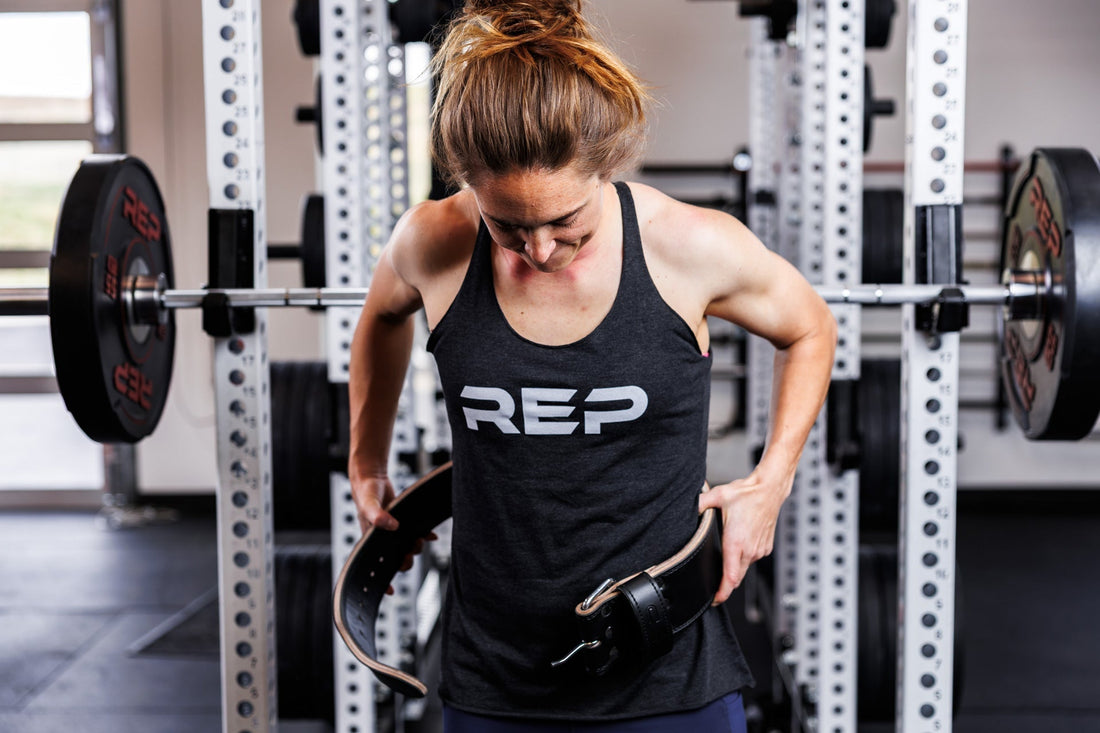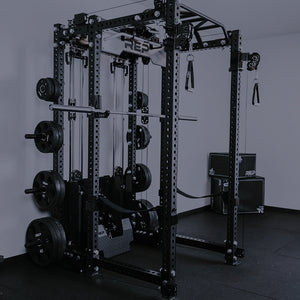
Research that's reshaping how women train.
New research may redefine how women approach the gym.
For decades, fitness advice for women has leaned heavily on time-consuming routines, low weights, and long cardio sessions. But a recent study challenges that paradigm, showing that women can gain strength, build muscle, and lose fat just as effectively with shorter, high-intensity workouts as with traditional strength training.
This study — led by Sohee Carpenter, a certified strength coach and PhD in sports science — compared traditional lifting methods with high-intensity circuit training among women. The results of her research could shift how programs are designed for women everywhere from commercial gyms to garage setups.

The study, published in the European Journal of Sport Science, set out to answer a simple but underexplored question: Can women get the same strength and body composition results from circuit-style training as they can from traditional lifting?
To find out, Carpenter and her team recruited 14 women with experience lifting and randomly assigned them to one of two groups:
-
Traditional strength training: Participants performed one exercise at a time with three-minute rest between sets.
-
High-intensity circuit training: Participants completed exercises in circuits, with minimal rest and a five-minute break between each series.
Both groups trained three times a week for eight weeks, performing sets of 8-15 reps taken close to muscular failure — an important detail that made sure training intensity was high across both styles of lifting.
The results were clear: Both groups saw nearly identical improvements in strength, lean body mass, and body fat percentage.
Key findings included:
-
Strength: Significant increases in three-rep max across all six tested exercises (like squat, bench press).
-
Lean body mass: Both groups added muscle. Some gained more than 1-2kg of lean mass in just eight weeks.
-
Body fat percentage: Decreased over time in both groups, despite no dietary changes.
-
Time: Circuit workouts were on average 25 minutes shorter per session.
This means circuit training — when done with sufficient load and intensity (that’s key!) — can match the muscle- and strength-building benefits of traditional lifting while offering significant time savings.
Time is one of the most common obstacles for women who want to work out, especially those balancing work, kids, and household duties. Sohee’s research directly addresses that barrier, suggesting that when programmed intentionally, circuit training can offer an equally effective, more time-efficient option in the gym.
“This is not about working less hard. It’s about working smarter,” Carpenter says. “If I can help you get similar results in 30 to 50 minutes instead of 75, that can make lifting possible for a lot more people.”
Beyond the Physical
In post-study interviews, something else surprising came up: 100% of the women involved said lifting helped improve their body image. They felt stronger, more capable, and more in control of their health, regardless of their aesthetic outcomes.
This supports rising trends in strength training among women (the last decade has seen a 558% surge!) plus a growing body of evidence suggesting that strength training has psychological benefits beyond the physical, particularly in areas like body confidence, competence, and mental resilience. (Read more about how the gym has a deeper effect in REP’s Pursue Your Strength initiative.)
“None of these women were focused on fat loss, and yet they walked away feeling better in their bodies,” says Carpenter. “That tells us something powerful about the mental benefits of lifting.”
While circuit training has often been studied in general fitness settings, most of that research has focused on beginners doing bodyweight-only exercises like squats or push-ups. Few studies have examined how trained women (with prior lifting experience) respond to circuit workouts that use “external loads,” such as barbells, dumbbells, or resistance machines. This study fills a major gap by looking at how these more advanced workouts (taken to near failure) affect strength and body composition in women who already lift regularly.
In addition, most previous research in this area has focused on men.
All of these distinctions matter. They bring much-needed relevance to women who already lift and are looking for time-efficient, evidence-based programming. For female athletes, coaches, competitors, and fitness pros, this research means more options. And it feeds an important shift toward more inclusive, accurate training guidance that reflects women’s actual needs, capabilities, and lives.
Circuits vs. Traditional Lifting: Which Is Right for You?
First: let's define these modalities.
What is circuit training? Circuit training alternates upper and lower body movements with roughly 20-30 seconds of rest between exercises, according to the National Strength and Conditioning Association.
Traditional lifting, on the other hand, trains for muscular strength, growth (aka hypertrophy), or endurance by completing a specific number of reps with more rest between sets (think 2-5 minutes).
According to Sohee’s research, both styles have benefits. The best choice for you depends on:
-
Your environment: Do you have access to multiple pieces of equipment at once (like in a garage gym)?
-
Your schedule: Do you need shorter workouts to stay consistent?
-
Your preference: Do you enjoy slower, heavier sets with longer rest? Or fast-paced circuits?
-
Your recovery capacity: Can you handle higher density (work per minute) training?
Sohee’s own workouts are a hybrid of both: starting with traditional sets for compound lifts, then transitioning into supersets or circuits. You don’t have to choose just one style.
Ultimately, new research like this gives women more tools to create programs tailored to their goals, lifestyle, and—most importantly— their physiological needs.
If you're interested in trying the above for yourself, try this 15-minute lower-body circuit created by Sohee!
Sohee Carpenter 15-Minute Lower Body Circuit

NEWSLETTER SIGNUP
Product launch information, promotions, blogs, and REP news.







